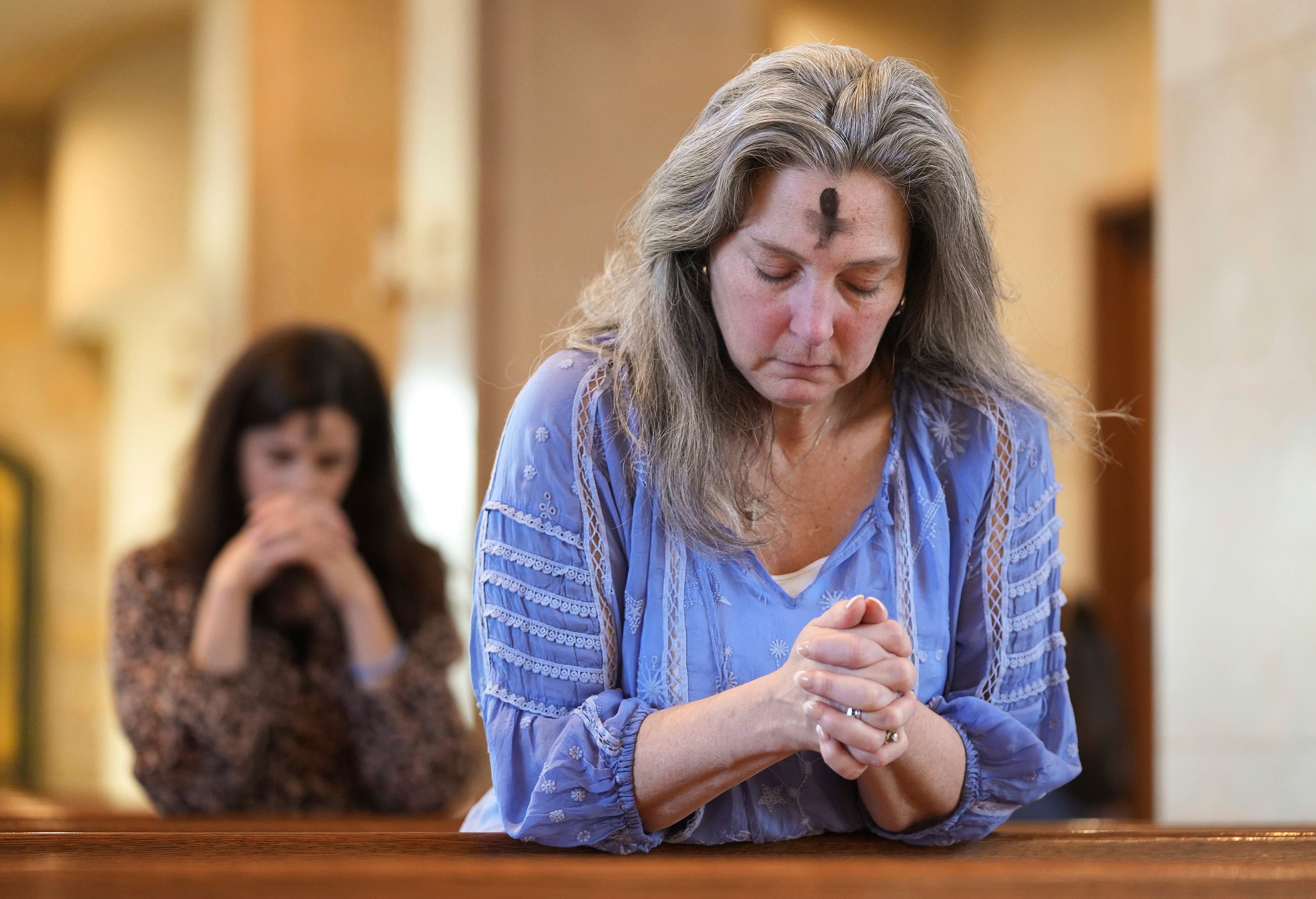Pancake Day, Valentine’s Day and Ash Wednesday: Why we are seeing a calendar collision
Shrove Tuesday is a celebration that’s observed the day before Ash Wednesday

February 14 is a holiday heavyweight this year due to a calendar collision.
It’s Valentine’s Day, the fixed annual celebration of love and friendship but it also happens to be Ash Wednesday, the solemn day of fasting and reflection that signals the start of Christianity’s most penitent season.
Shrove Tuesday, also commonly referred to as Pancake Day, is a celebration that’s observed the day before Ash Wednesday.
Ash Wednesday marks the first day of the Christian observance of Lent, a 40-day period of abstinence that precedes Easter (which is a moveable feast).
As such, Ash Wednesday is the last day on which those who observe Lent can enjoy richer foods before abstaining for them, should they choose to.
Why is Ash Wednesday on Valentine’s Day?
Ash Wednesday is not a fixed date. Its timing is tied to Easter Sunday, and for most Christians, Easter will fall on March 31 this year.
Easter also moves annually, swinging between March 22 and April 25 based on a calendar calculation involving the moon.

The US Conference of Catholic Bishops lays it out: “Easter is celebrated on the first Sunday after the Paschal full moon, which is the first full moon occurring either on or after the spring equinox (March 21). ... To find the date for Ash Wednesday, we go back six weeks which leads to the First Sunday of Lent and four days before that is Ash Wednesday.”This year, that happens to be February 14.
What happens on Ash Wednesday?
Not all Christians observe Ash Wednesday.
For those who do, they typically attend an Ash Wednesday church service, where a priest or other minister draws a cross — or at least what is intended to look like one — of ashes on their forehead. The distribution of ashes underscores human mortality, among other themes.

It’s an obligatory day of fasting and abstinence for Catholics. The abstinence restrictions are continued on Fridays during Lent, which is the period of repentance and penance leading up to Holy Week observances — most significantly their belief in the crucifixion of Jesus and his resurrection from the dead.
Where do the Ashes come from?
Typically, the ashes are from the palms used on Palm Sunday, which falls a week before Easter, according to the Evangelical Lutheran Church in America.
Ashes can be purchased, but some churches make their own by burning the palms from prior years. For example, several parishes and schools in the Chicago Catholic Archdiocese plan to hold palm burning ceremonies this year.
Can Catholics celebrate Valentine’s Day on Ash Wednesday?
In addition to the candy heart and chocolate-fueled secular celebrations, February 14 is also the Feast of St. Valentine. But Ash Wednesday with its fasting and abstinence requirements is far more significant and should be prioritized, said Catholic Bishop Richard Henning of Providence, Rhode Island, in the diocese’s official newspaper. His predecessor shared a similar message in 2018.
“Ash Wednesday is the much higher value and deserves the full measure of our devotion,” he said.
“I ask with all respect that we maintain the unique importance of Ash Wednesday. If you would like to wine and dine your Valentine, please do so on the Tuesday before. February 13 is Mardi Gras, ‘Fat Tuesday,’ a perfect day to feast and celebrate!”
Who was St Valentine?
The history of Valentine’s Day and St. Valentine is a bit murky, but the holiday began as a liturgical feast day for a third-century Christian martyr, according to Lisa Bitel, a history and religion professor at the University of Southern California.
In the Conversation, her article titled, “ The ‘real’ St. Valentine was no patron of love,” explains there may have been more than one St. Valentine executed for their faith in the same time period, but none of them appear to have been romantics. The emphasis on love appears to have come later.
Join our commenting forum
Join thought-provoking conversations, follow other Independent readers and see their replies
Comments
Bookmark popover
Removed from bookmarks